Creating a cover letter template
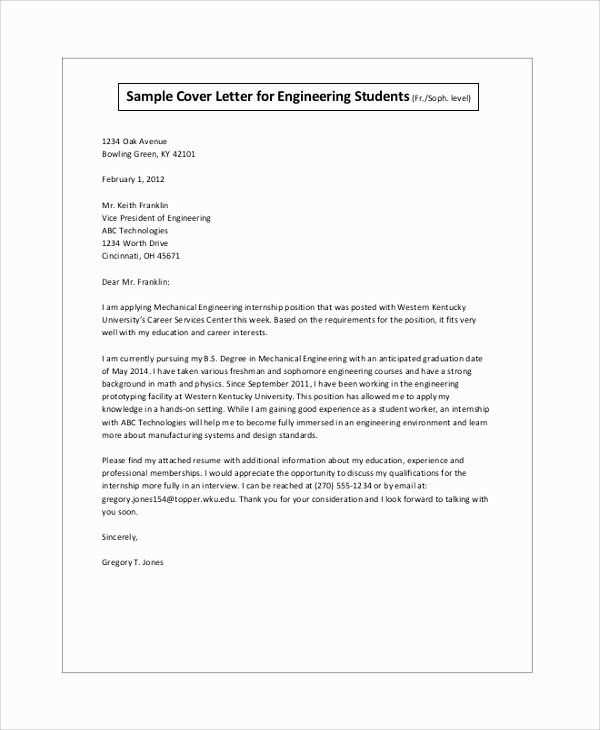
When drafting your cover letter template, focus on clarity and simplicity. Begin with a strong introduction that highlights your interest in the role and your enthusiasm for the company. A brief mention of how your skills align with the position sets a solid foundation for the rest of the letter.
Next, tailor the body of your letter to reflect your key qualifications. Be specific: rather than vague statements, provide examples of how your past experiences have prepared you for the job. This is where you can show that you’ve researched the company and understand its needs.
End with a strong closing paragraph. Reinforce your interest and indicate your availability for further discussion. A polite thank-you leaves a positive impression and emphasizes your professionalism.
Creating a Cover Letter Template
Start with a clear, structured layout. Your cover letter should mirror the professionalism of your resume while offering a personal touch. Organize the letter into distinct sections: contact information, greeting, body, and closing.
Contact Information
At the top of the letter, include your name, phone number, email address, and LinkedIn or portfolio link (if relevant). Keep it aligned to the left or center for a clean appearance. If you’re submitting digitally, consider adding your professional social media profiles or website here too.
Greeting
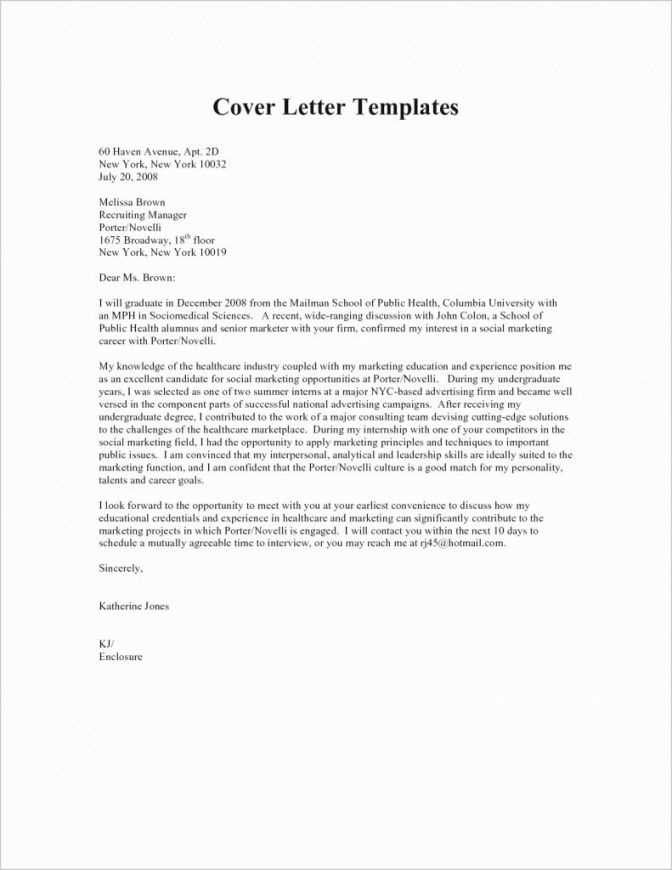
Use a personalized greeting, such as “Dear [Hiring Manager’s Name].” If you’re unsure of the recipient’s name, “Dear Hiring Manager” works, but it’s always better to find the specific contact. Avoid generic phrases like “To Whom It May Concern” unless absolutely necessary.
The body should consist of 2–3 paragraphs. Begin by expressing your interest in the position and how you found out about the role. Mention specific details about the company to show you’ve done your research. Then, highlight a few key qualifications or experiences that make you a good fit for the position. Don’t repeat your resume word for word–focus on showcasing how you can contribute to the company’s goals.
Conclude with a short paragraph expressing your enthusiasm and readiness for an interview. Include a call to action, such as “I look forward to discussing how my skills can contribute to your team.” Thank the reader for their time and consideration.
Sign off with “Sincerely” or “Best regards,” followed by your full name.
Choosing the Right Format for Your Cover Letter
Keep your cover letter clear and straightforward. Use a traditional business letter format to create a professional first impression. Begin with your contact information at the top, followed by the employer’s contact details and the date. Next, use a formal greeting, such as “Dear [Hiring Manager’s Name],” if available, or simply “Dear Hiring Manager” if not.
The body of your cover letter should be concise, with three key sections: an introduction, a brief overview of your experience, and a closing statement. In the introduction, highlight the position you’re applying for and where you found the listing. In the middle, focus on your skills, accomplishments, and why you’re a good fit for the role. End with a strong closing, expressing your enthusiasm for the opportunity and your desire for further discussion.
Make sure to use paragraphs for clarity. Break up the text into short, readable sections to guide the reader through your key points. Avoid large blocks of text that can be difficult to navigate quickly.
Avoid overly creative formats unless you’re applying for a role in a creative industry. Stick to a clean, simple layout to ensure your content takes center stage.
Finally, remember to keep your font and spacing professional. Stick to easy-to-read fonts like Arial or Times New Roman and use a font size between 10-12 points for readability. Double-space your cover letter for clear separation between paragraphs.
Tailoring Your Contact Information for Professional Impact
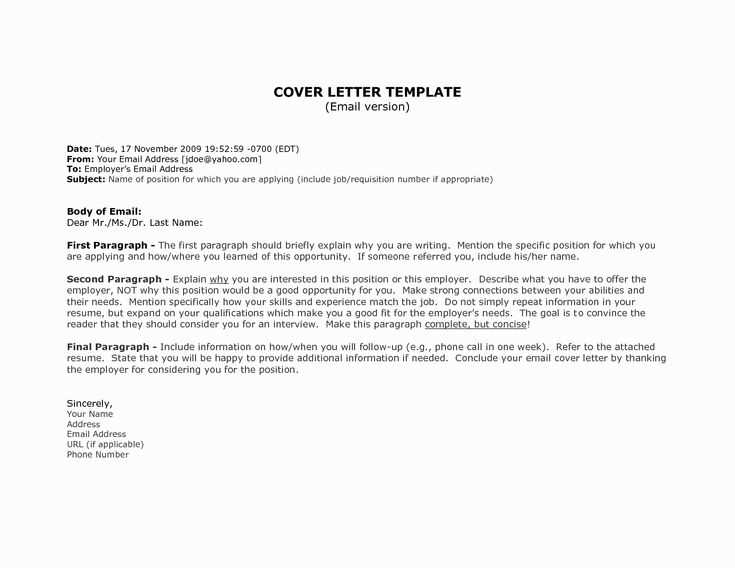
Your contact information is the first point of interaction a hiring manager has with you. Make it clean, clear, and easy to follow. Here are some specific steps to refine this section for maximum professional impact:
- Use a professional email address. Avoid personal or unprofessional addresses. Create an email that includes your name (e.g., [email protected]). This adds credibility and ensures you’re taken seriously.
- Phone number format matters. Include your phone number in an international format, especially if applying to companies outside your country. This removes any confusion, and shows you are detail-oriented.
- Link to a professional profile. Add your LinkedIn or portfolio link, but only if it’s up-to-date and well-maintained. Make sure it aligns with the role you’re applying for and reflects your work effectively.
- Keep it minimalistic. Don’t clutter this section with unnecessary information. Only include what is needed to make communication straightforward–address, alternate phone numbers, or social media links should be omitted unless specifically required.
- Consistency across all platforms. Ensure your contact details match what’s listed on your resume and other professional profiles. Discrepancies may lead to confusion or mistrust.
Presenting this information concisely and professionally will leave a positive first impression and set the right tone for the rest of your cover letter.
Highlighting Your Key Skills and Experience Concisely
Focus on the skills and experiences that directly align with the job you’re applying for. Identify your strongest competencies and showcase them with specific examples. For instance, if your expertise is project management, mention the size and scope of projects you’ve led, key results, and tools you’ve used, like Agile or Scrum.
Be specific about the measurable impact you’ve had. Instead of saying “improved sales,” state “increased sales by 25% in Q2 2024.” Quantifiable results grab attention and make your achievements clear.
Tailor your descriptions to the job role. If the position requires leadership, highlight moments when you successfully managed teams or mentored colleagues. If it’s a technical role, emphasize your proficiency with the relevant software, tools, or methodologies.
Use bullet points to break down your skills and achievements for easy scanning. Avoid lengthy paragraphs. Keep each point concise but impactful, emphasizing only the most relevant qualifications.
Finally, always match your experience with the job description. Use similar language and keywords to demonstrate you understand the position’s requirements, and make sure your skills are easy to spot at a glance.
Demonstrating Knowledge of the Company and Role
Tailor your cover letter by highlighting your understanding of the company’s mission and the specific responsibilities of the position. Research the company’s values, recent projects, and industry positioning to show that you are aligned with their goals. Mention key initiatives or products that resonate with your experience or skills.
Align Your Experience with Their Needs
Focus on the aspects of the role that match your skills. If the job description highlights problem-solving or leadership, provide concrete examples from your past work where you addressed similar challenges. Use language from the job posting to show you’re already speaking their “language” and understand their expectations.
Show That You’ve Done Your Research
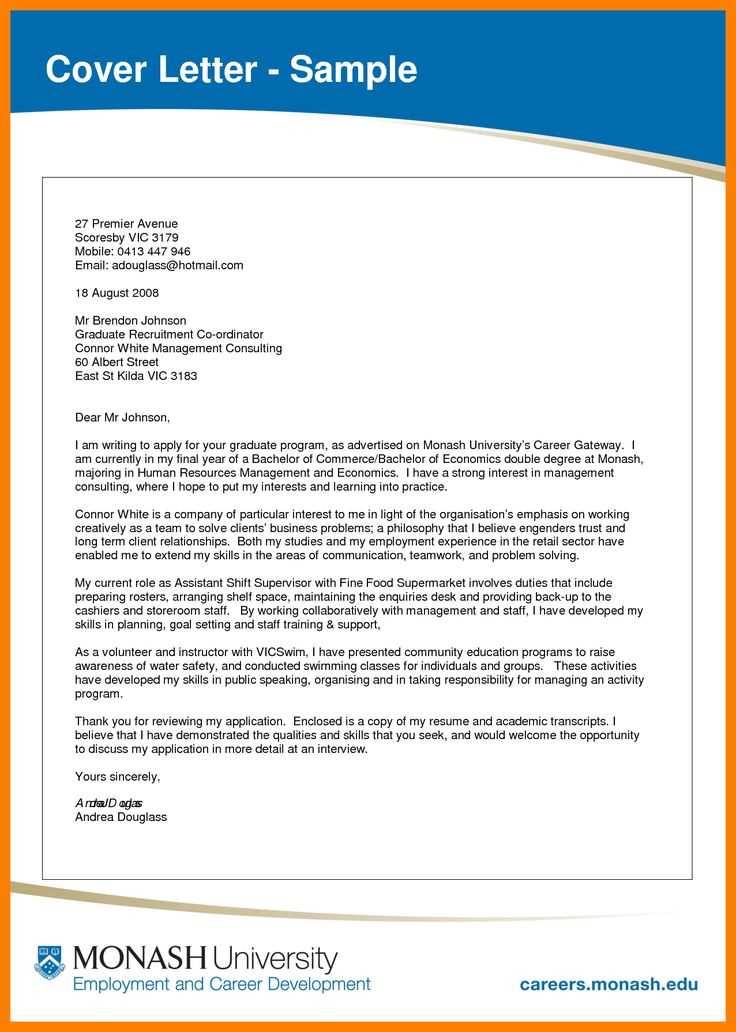
Make it clear you’ve researched the company’s culture and values. Reference specific aspects of the company’s work environment or public commitments that appeal to you. This demonstrates your genuine interest and that you are not sending out generic applications.
By connecting your qualifications directly to the company’s goals and demonstrating your enthusiasm for the role, you prove you’ve put thought into your application. This level of detail sets you apart from candidates who haven’t taken the time to understand the company’s needs.
Crafting a Strong Closing to Encourage Follow-Up
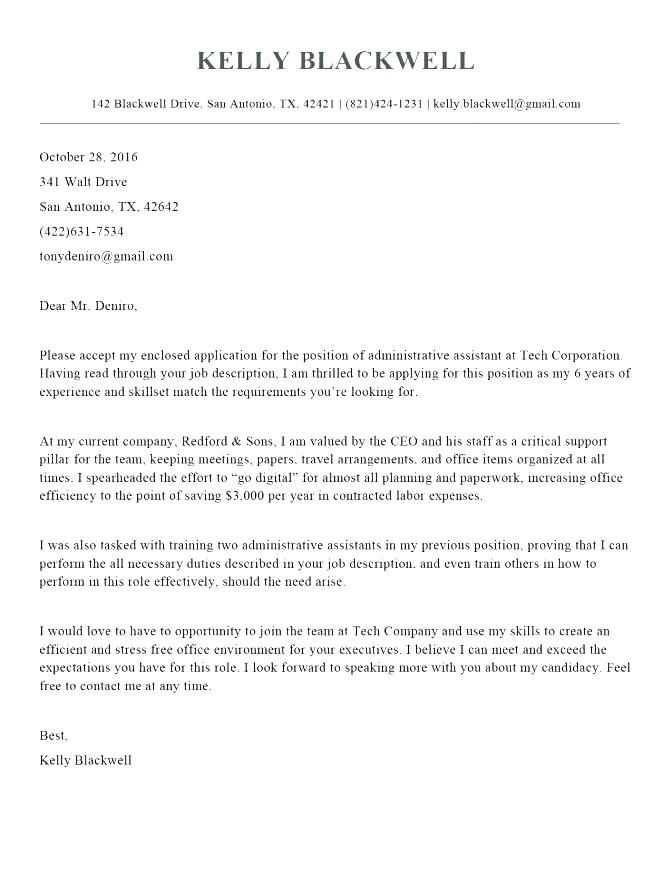
Be clear about your intent to follow up. Express your eagerness to continue the conversation and indicate a specific timeframe when you plan to reach out again. This shows initiative and commitment to the process.
Use a Direct Call to Action
Instead of leaving it vague, make a direct request for the next step. For example: “I’ll follow up in one week to discuss how we can move forward.” This tells the reader when to expect your next communication and reinforces your professionalism.
Offer Additional Information
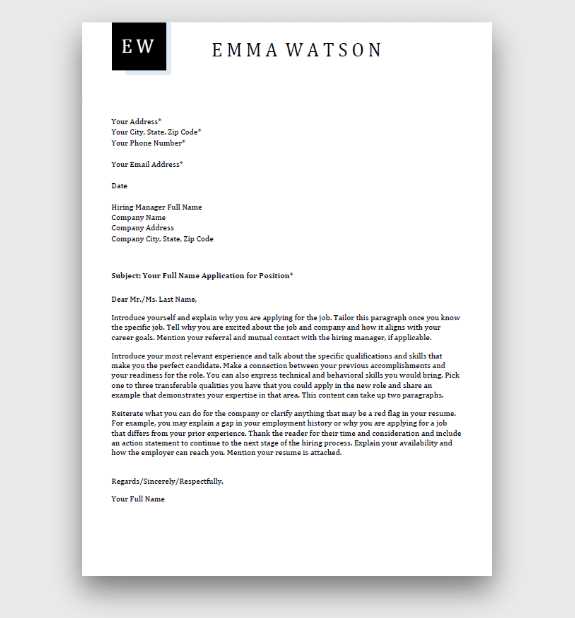
If applicable, offer to provide more details that could be helpful. Mention a piece of information you haven’t included yet or provide a contact number where you can be reached directly. This makes it easier for the recipient to take action without needing to ask for more details.
Finish with appreciation and confidence. A brief thank-you note, followed by a confident closing sentence, leaves the reader with a positive impression. For instance, “Thank you for your time. I look forward to our next steps together.”